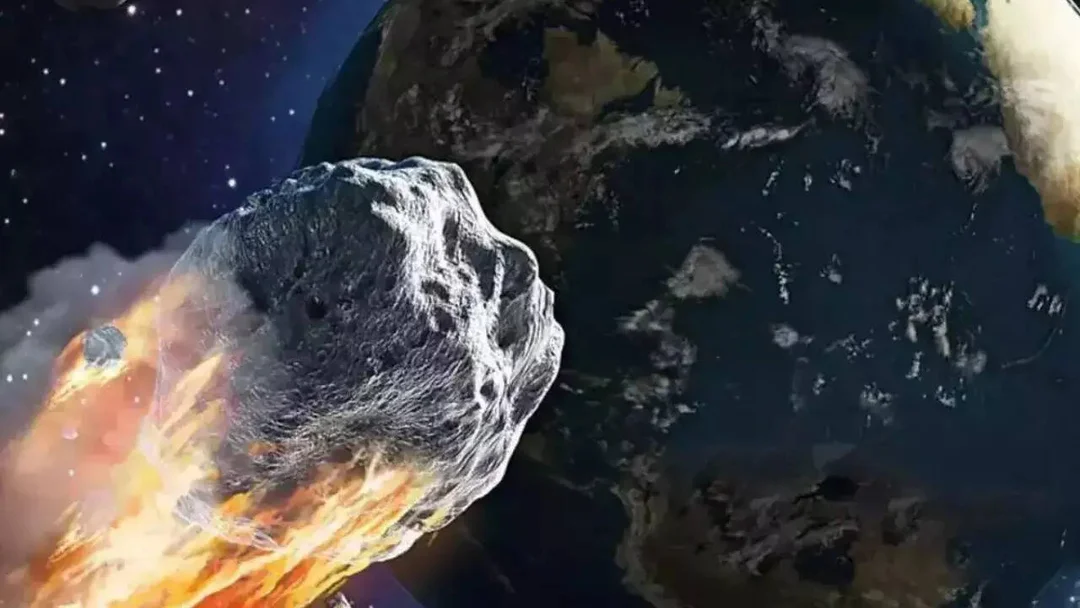
NASA Tracks Asteroid Swarm: Close Encounters in May 2025
Get ready for some celestial close encounters! NASA is tracking a swarm of five asteroids expected to whiz past Earth in May 2025. While these near-Earth objects (NEOs) pose no immediate threat of impact, they offer a valuable opportunity for scientists to study these fascinating space rocks and refine our planetary defense strategies. The sheer number of asteroids passing by in such a short timeframe is noteworthy, prompting increased observation and analysis.
NASA's Asteroid Watch Dashboard is actively monitoring these five asteroids, which range in size from a small bus to a building. One asteroid, in particular, 2025 KX3, is set to come even closer than the Moon, passing within just 211,000 miles of Earth on May 28, 2025. According to Eng. Majed Abu Zahra, head of the Jeddah Astronomical Society, even though it's only about 10 meters in diameter, its proximity warrants close observation.
Here's a breakdown of the five asteroid flybys:
- 2025 JP: Expected on May 27, 2025, at a distance of 3.19 million miles, this airplane-sized asteroid (79 feet wide) is moving at high velocity.
- 2025 KX3: Arriving on May 28, 2025, at just 211,000 miles from Earth, this bus-sized asteroid (34 feet) has captured astronomers' attention due to its extreme proximity.
- 2025 JR: The largest of the five, measuring approximately 250 feet (building-sized), will pass on May 28, 2025, at 2.87 million miles.
- 2025 KW: Another airplane-sized asteroid (91 feet wide), 2025 KW will fly past Earth at a distance of 3.07 million miles on May 28, 2025.
- 2025 KU1: The most distant of the five, passing at 4.6 million miles on May 28, 2025. It's approximately 63 feet wide (house-sized).
Despite the safe distances, these flybys provide valuable data. As NASA states, observing these objects allows for more detailed observation, offering insights into asteroid composition, rotation, and surface structure. It's also a perfect candidate for radar imaging, potentially revealing internal structure that could inform future asteroid deflection planning.
Why is this important? Constant surveillance and rapid-response analysis are crucial for planetary defense. Every flyby improves our understanding of orbital behavior, especially of NEOs influenced by solar radiation and gravitational nudges from planetary encounters.
While these asteroids pose no immediate threat, their close passage highlights the importance of ongoing planetary defense efforts. Will these close encounters lead to new discoveries about asteroids and their potential impact on our planet? What are your thoughts on the future of planetary defense?
Share your comments and opinions below!